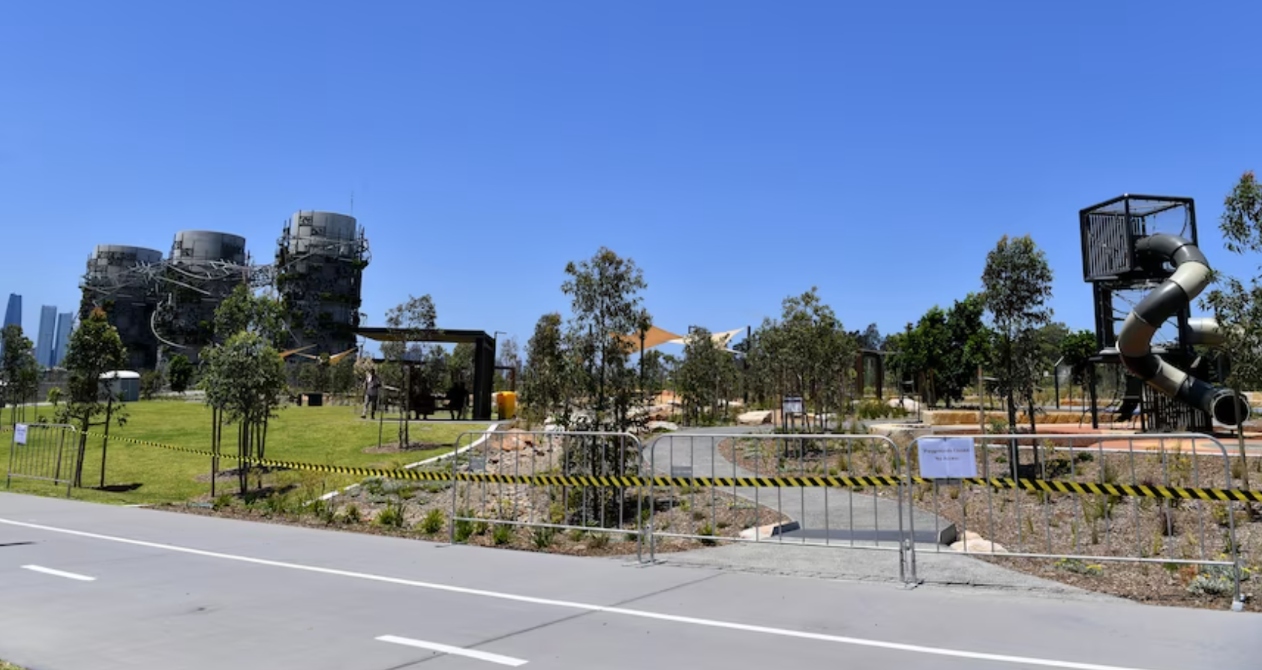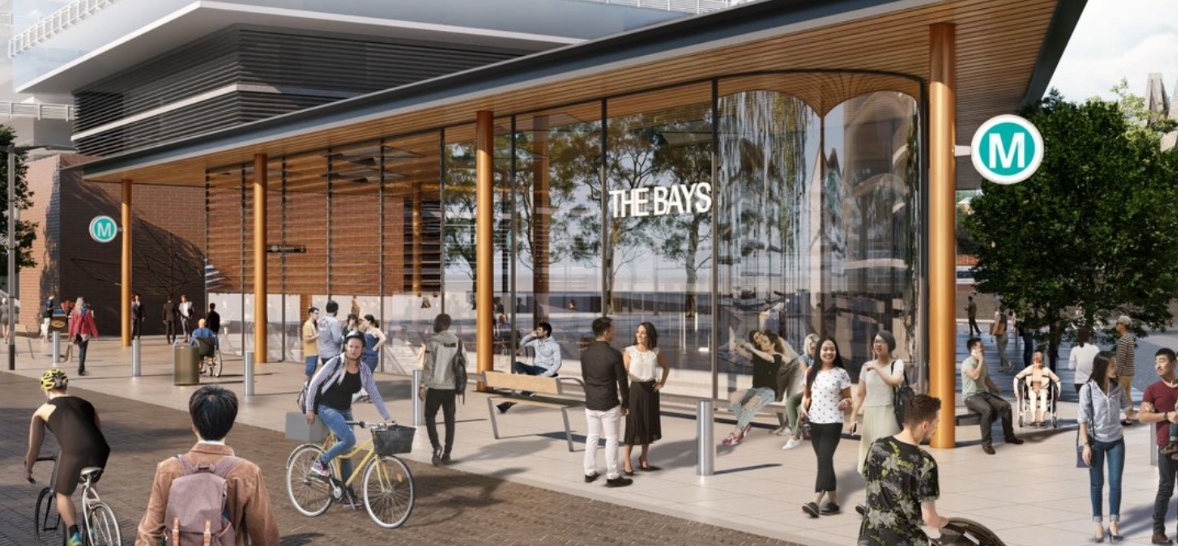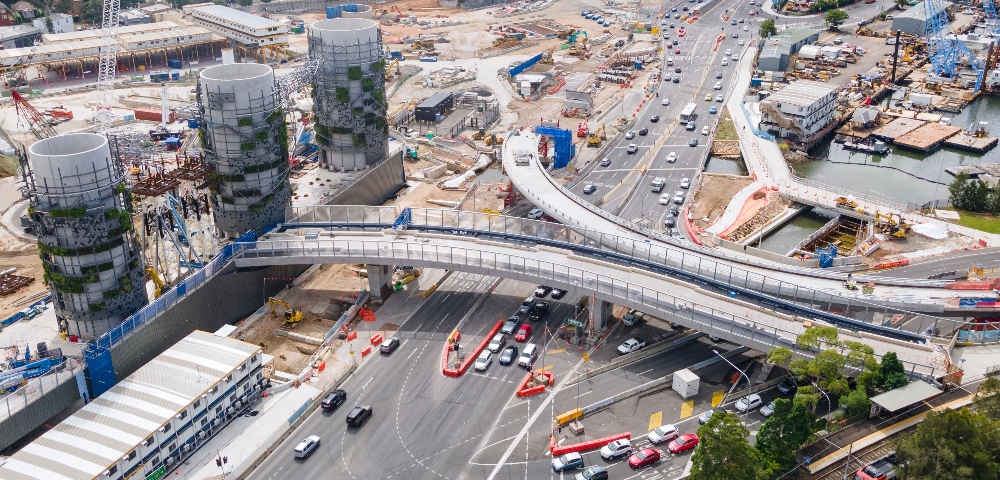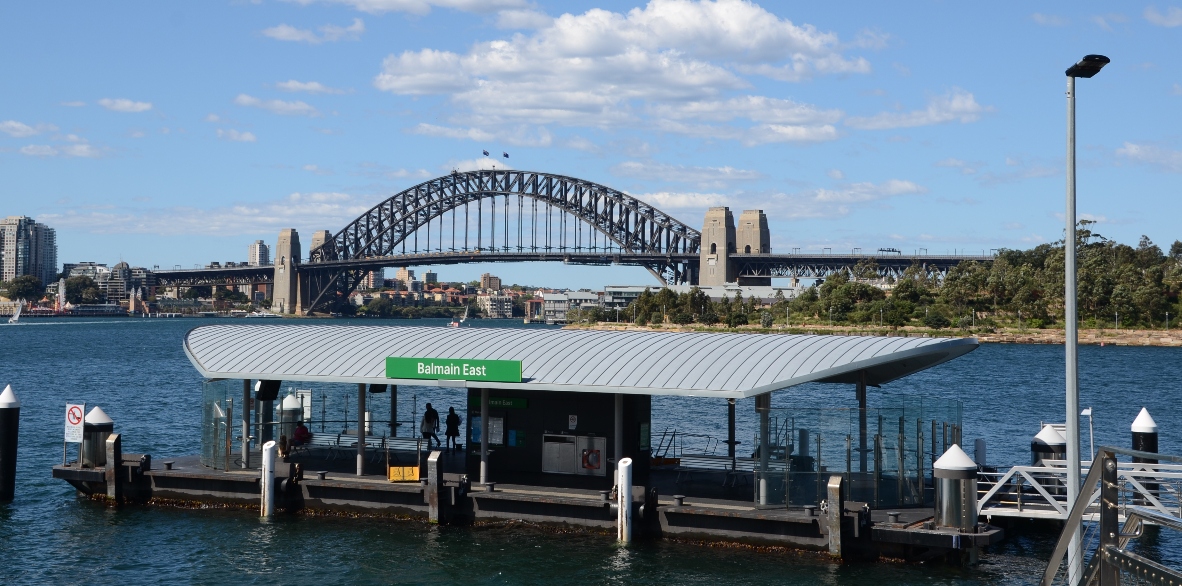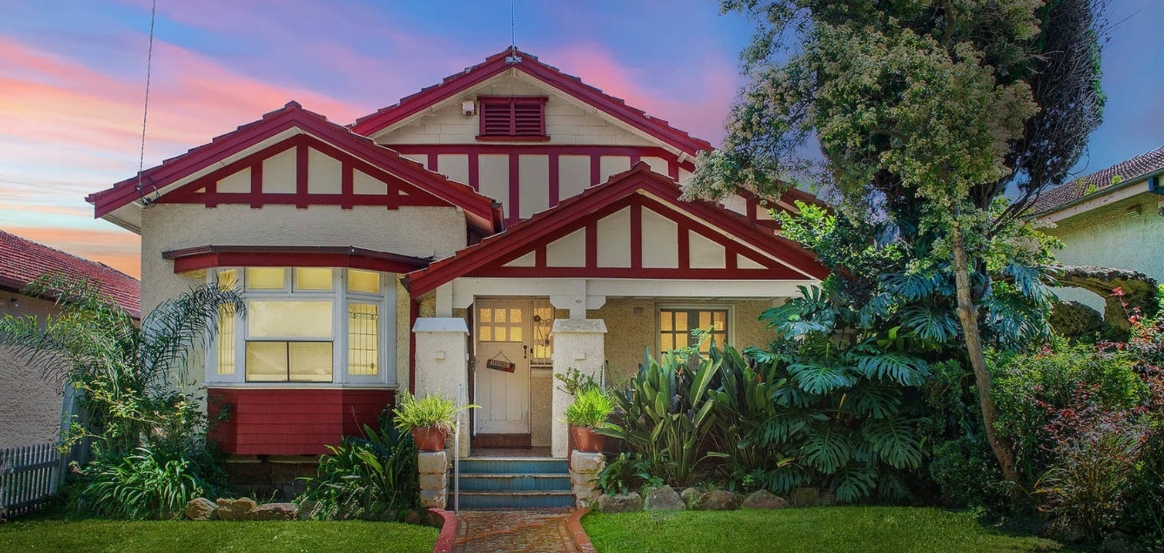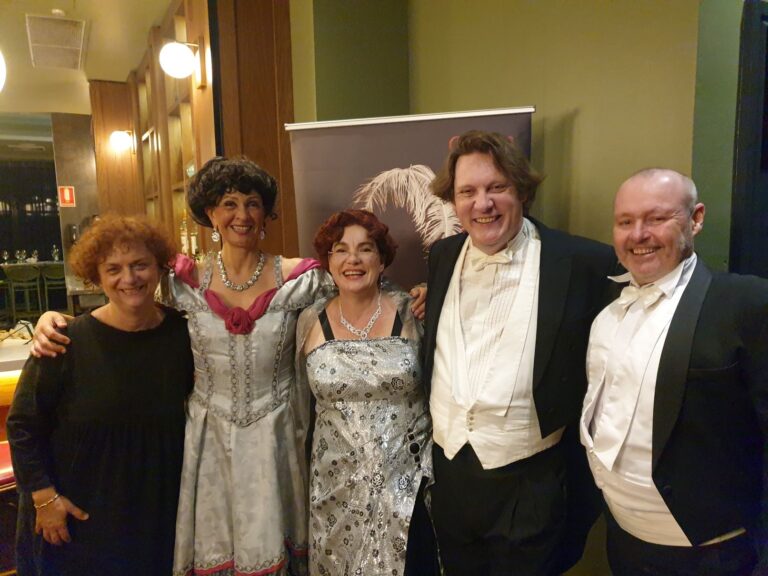
Leichhardt spotlights local stories
Five years of painstaking local historical research were presented to the Leichhardt community on Saturday, September 18. A variety of exhibitions, oral histories and historical surveys took pride of place at Leichhardt Library, illustrating a number of strands to the area’s rich heritage.
Amongst the projects was a fascinating glimpse into life at Rozelle Hospital in Callan Park.
Following the closure of the hospital in 2008, interviews were conducted with then-current and former staff by Roslyn Burge, with the aim of uncovering the history of the organisation from an insider’s viewpoint. “I had both a professional and community interest in the site,” she said. “How people value the site and institution is, I think, really important – we found lots of annual reports and formal documentation, but it was the voices in between that I really wanted to capture.”
Of the 16 people interviewed for the Callan Park project, one of Burge’s most insightful interviewees was Jess Learing, who came to Callan Park from her childhood home in Junee in 1935, at the age of 21. Training as a nurse and living in the Nurses’ Home during her eight years there, she recalled the strict regime of the institution.
Despite being 94 years of age at the time of the interview, Ms Learing’s memory proved a font of knowledge, recalling events, places and people – both work colleagues and patients – at Callan Park. “It was interesting; a good job,” she said about her experiences. “[But] I would hate anyone to have to do the work that we did. They wouldn’t do it. Dirty work. And you know we used to have to – you’d go on at 6.00, and at 11 o’clock you’d be given half-an-hour to go back to the Nurses’ Home to change your clothes and freshen up.”
But for all that, Ms Learing enjoyed her experiences. “I still do find the brain interesting – trying to work it out,” she told Burge. “Even here, I think, ‘Oh, the brain’s a wonderful thing – the things it does, and why does it do this?’”
Burge, who is a professional historian and long-time member of the Friends of Callan Park, unearthed the daily routine of the institution, differences between wards, the site itself, and not least, some of the recreational aspects – including golf (sometimes with patients), and dances.
But if the social events were something of a surprise, the social norms are unrecognisable compared with today. Married nurses were forbidden – ‘a ring obliged resignation’ – and there were few single men working at the hospital. Interestingly, however, a number of well-educated men came to Callan Park to ply their trade during the Depression, owing to the strength of the wages there.
Leichhardt Mayor Jamie Parker supported the program, saying it highlighted the wide range of histories in the area.
“The personalities, places and events which have shaped who we are as contemporary Australians are often forgotten, and the inner west has some fascinating stories to tell,” he said. “The Local History Program’s strength is the balance between a focus on everyday people, habits and trends, as well as notable characters who shaped the area’s destiny.”
Other projects presented included an exploration of Balmain’s famous gay and lesbian past, a long-disappeared cemetery and burial registry recovered in Leichhardt, and a snapshot of life in Rozelle, spanning from the old Harding & Sons factory in the 1930s to the present day.
The exhibitions will now become a permanent part of Leichhardt’s Local History Collection.




